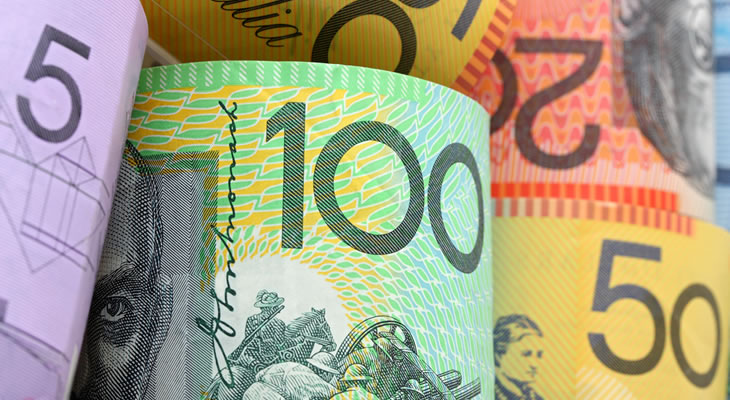GBP/AUD Exchange Rate Climbs as Trade Tensions Rise
The Pound Australian Dollar (GBP/AUD) exchange rate opened this week’s session on strong footing, as the threat of escalating trade tensions between the US and China caps demand for the risk-sensitive ‘Aussie’.
At the time of writing the GBP/AUD exchange rate is up around 0.4% so far this morning, propelling the pairing up to around AU$1.8644.
Australian Dollar (AUD) Stumbles as Trade Concerns
The Australian Dollar (AUD) is off to a poor start against the Pound (GBP) and the majority of its other peers this morning as markets grow increasingly concerned by a recent escalation in global trade tensions.
This comes after the US hiked tariffs against $200bn worth of Chinese goods to 25% on Friday, after President Donald Trump accused Beijing of breaking the deal that the two powers were thought to be close to finalising.
The ball is now in China’s court, with Beijing expected to retaliate to the tariff hike at some point this week, the prospect of which unnerves many AUD investors, given the disruption it could cause to Australia’s trade reliant economy.
Applying further pressure on the ‘Aussie’ during the Asian session on Monday was also the publication of Australia’s latest mortgage figures, which revealed a sharp contraction in homes loans in March.
GBP/AUD Exchange Rate Forecast: Will a Slowdown in UK Wage Growth Dent Sterling?
Looking to the week ahead, we may see the Pound Australian Dollar (GBP/AUD) exchange rate face some pressure on Tuesday following the publication of the UK’s latest employment figures.
While economists forecast that employment will have continued to rise in March, it’s not predicted to have been enough to alter the UK’s unemployment rate, which is expected to remain steady at 3.9%.
This leaves the focus on the accompanying earnings figures, which may hurt the appeal of the Pound if UK wage growth slowed slightly at the end of the first quarter as some analysts forecast.
Meanwhile Australia will release its other employment and earnings figures this week.
However AUD investors are also likely to come away disappointed, with wage growth expected to have remained flat through the first quarter and the unemployment forecast to have crept up again in April, two factors that will likely increase the chances of the Reserve Bank of Australia (RBA) cutting interest rates this year.


Comments are closed.